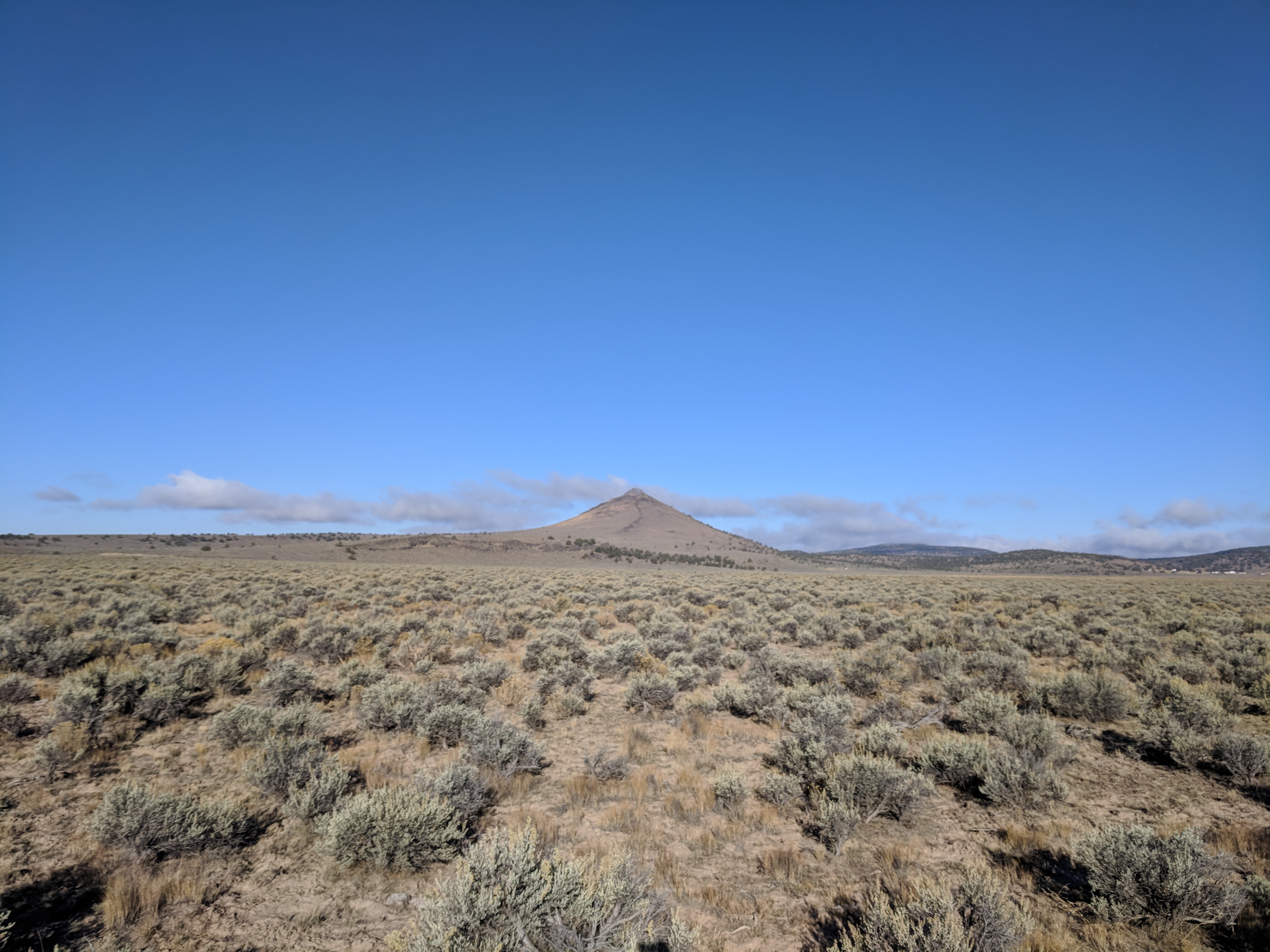Rangelands in Eastern Oregon is a sagebrush steppe with a mosaic of sagebrush, annual wildflowers, and native perennial bunch grasses. Native bunch grasses commonly found in this area are Basin wildrye (Elymus cinereus), needle-and-thread (Hesperostipa comata), and sandberg bluegrass (Poa secunda). Sagebrush steppe provides habitat for native species, such as sage grouse and pygmy rabbits. As in many parts of the Great Basin, the climate of this region is semi-arid, hot and dry summers and cold and wet winters.
Frequent fire is an important regulating ecological process in this system, and native bunch grasses are well adapted to fire. However, catastrophic wildfire events are rapidly changing the landscape. When the fire comes through, cheatgrass (Bromus tectorum) – a non-native annual grass – invades and dominates the field, creating a positive-feedback loop with fire. Increased drought frequency and intensity from climate change is expected to influence this fire-and-annual grass invasion cycle. Maintaining the native perennial bunch grasses in this system is important as rangelands in Eastern Oregon are mostly actively managed for livestock operations.


